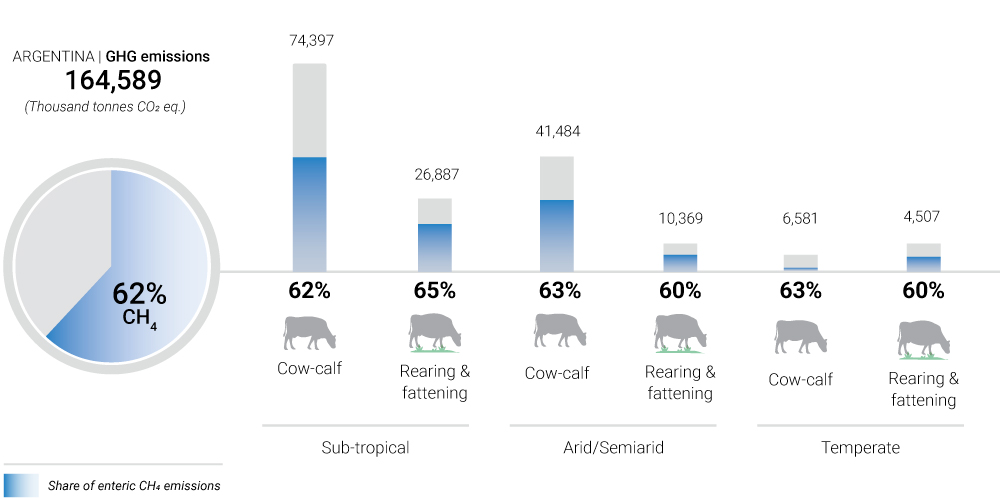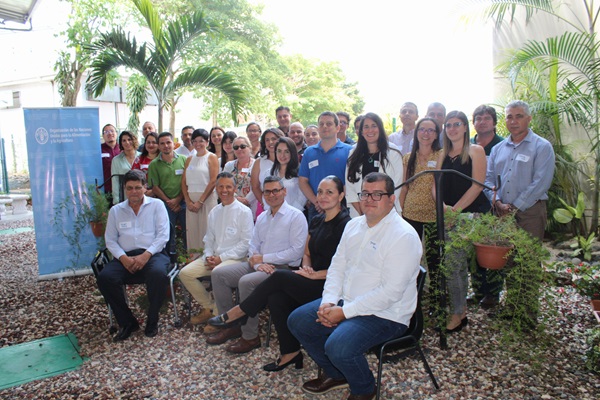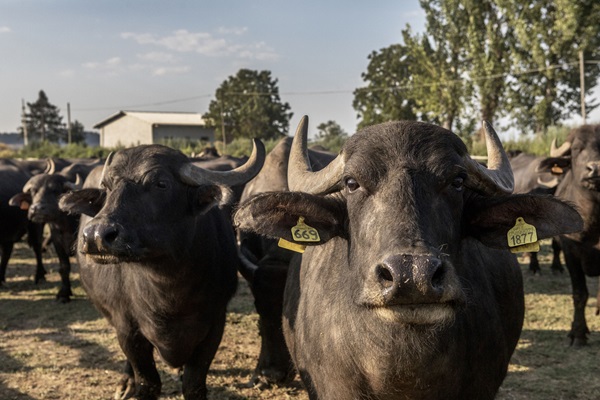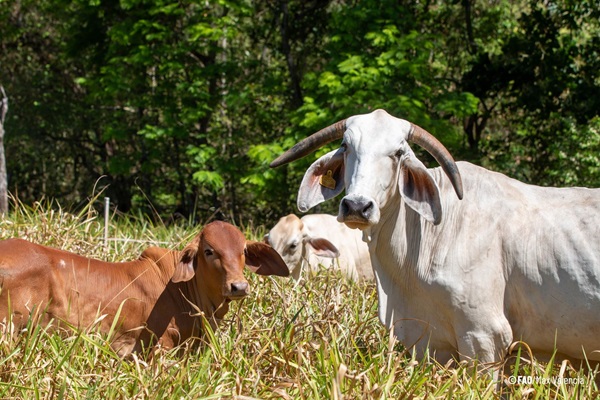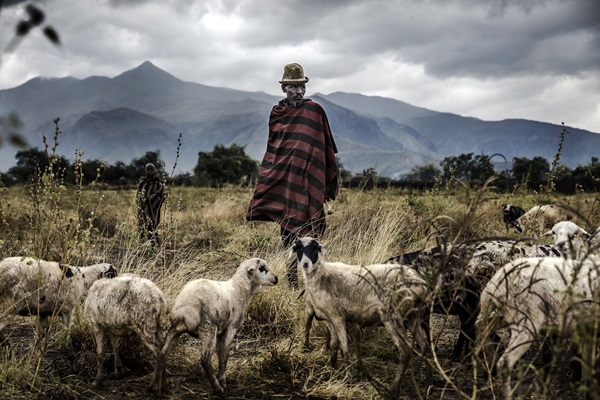 Argentina
Argentina

DC_Argentina
- 45.8 million
Human population - 207.2 million
Livestock population - 57% Chickens, 26% Cattle, 7% Sheep and 10% Other
Livestock composition - 6.9 percent
Agriculture, forestry, and fishing, value added (% of GDP)
Overview
Cattle production is one of the most important economic sectors and sources of export earnings in Argentina. In the last decade, the expansion of agriculture (mainly soybean production) has resulted in the displacement of cattle from traditional production areas to other regions of the country, resulting in the intensification of the sector.
Baseline greenhouse gas emissions
The beef cattle sector in Argentina emitted 169 million tonnes carbon dioxide equivalent (CO2-eq.) of greenhouse gases in 2015. Within this, enteric methane was responsible for about 62 percent of the total emissions. Almost 85 percent of these emissions came from the cow-calf system while rearing and finishing, and fattening in feedlots contributed 13 percent and 2 percent of the total, respectively. The emission intensity of beef in Argentina was on average 23 Kg CO2-eq. per kilograms of live weight (LW). Emission intensities were:
36 kg CO2-eq/kg LW in cow-calf systems
8 kg CO2-eq/kg LW in rearing and fattening systems
7 kg CO2-eq/kg LW in feedlot systems
Mitigation interventions
Various herd management factors influence Argentina’s emission intensity from beef production, including inadequate nutrition, limited forage supply from unmanaged natural pastures, low reproductive efficiency, and large breeding overhead. The study estimates a reduction potential between 4 to 27 percent in enteric emission intensity and an increase in production (expressed in live-weight terms) of up to 68 percent. Significant reductions in emissions can be achieved through a combination of herd and health management, nutrition and feeding management strategies, and improved genetics. The application of these mitigation measures in Argentina can potentially reduce enteric methane emission intensity by up to72 percent, and increase the production (expressed in live-weight terms) from 30 to 54 percent. Adopting these interventions would also bring considerable economic benefits at the farm level in all of Argentina’s production systems.
